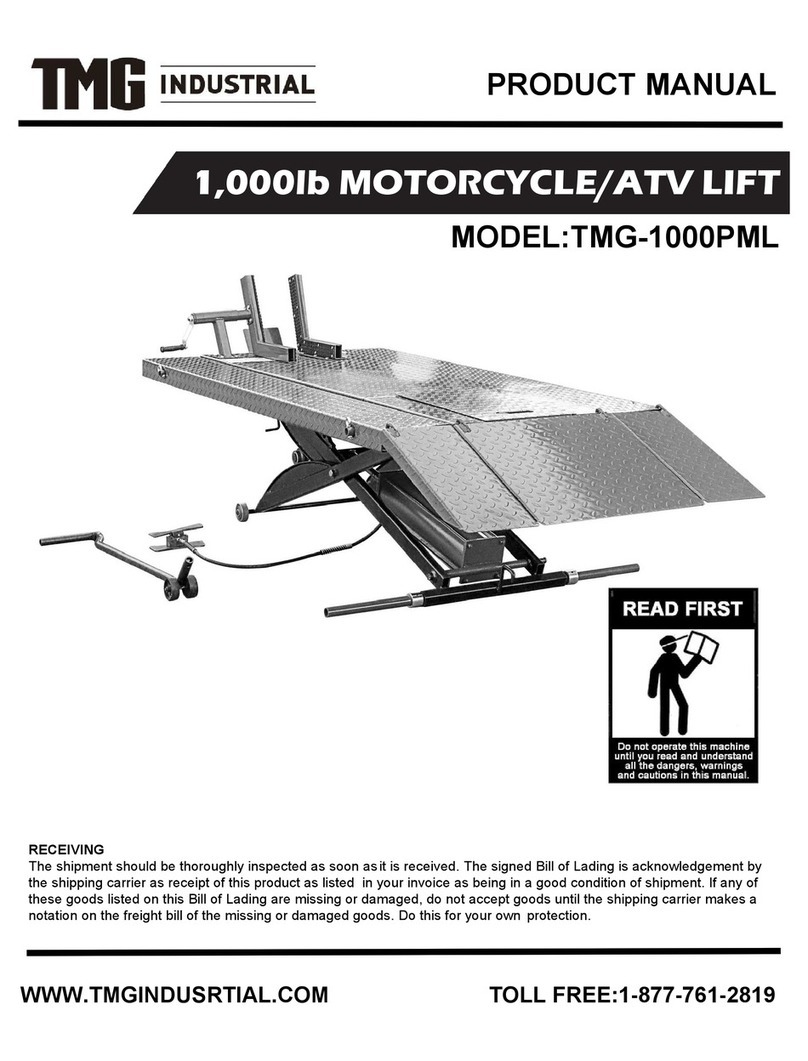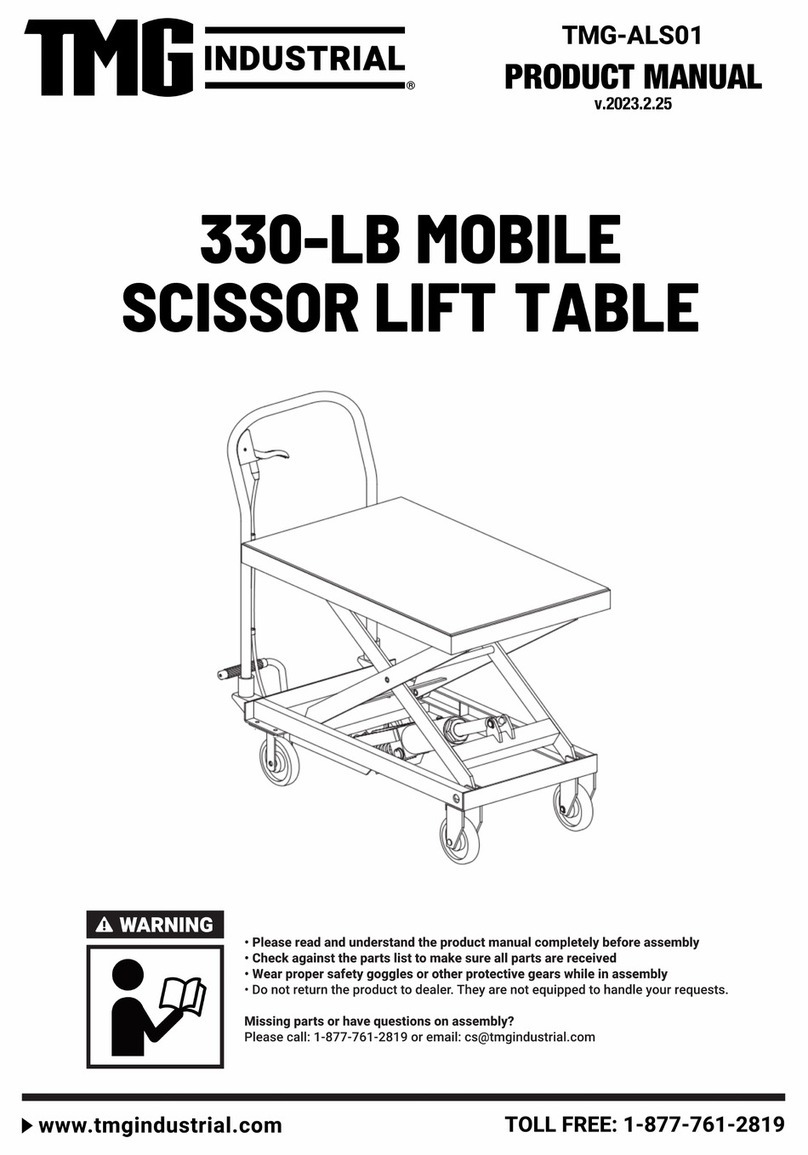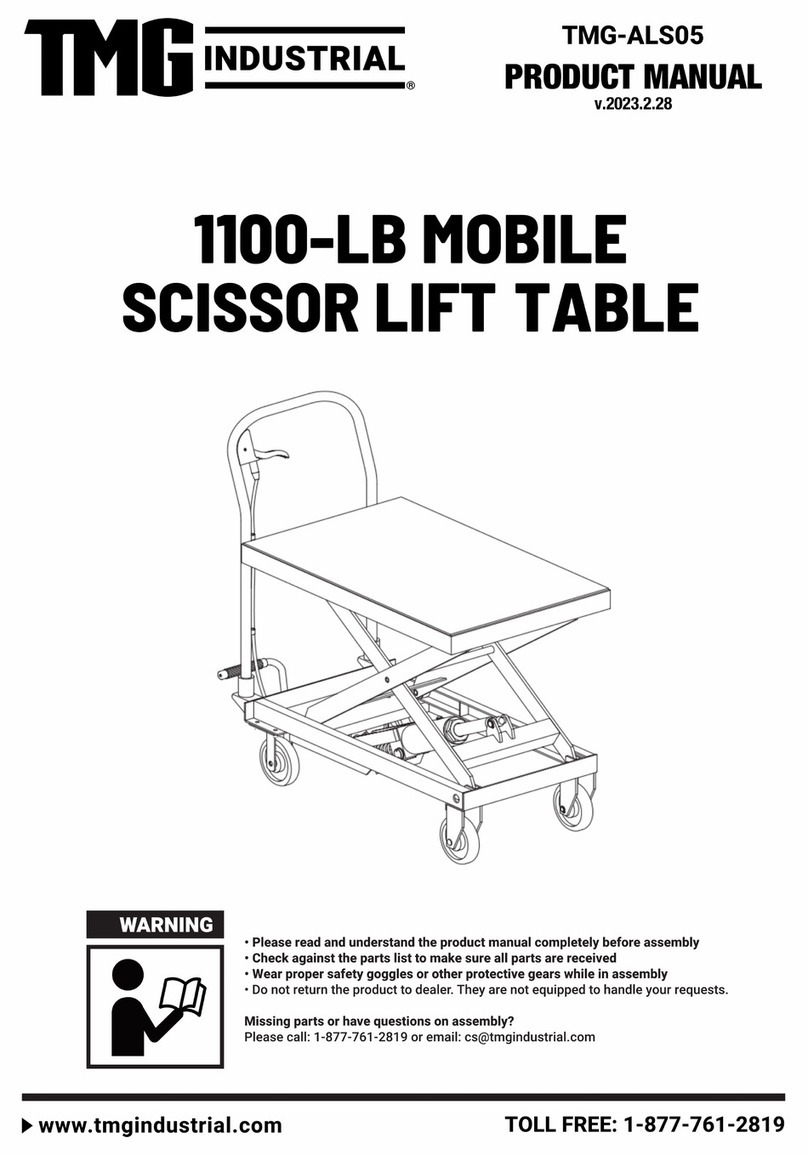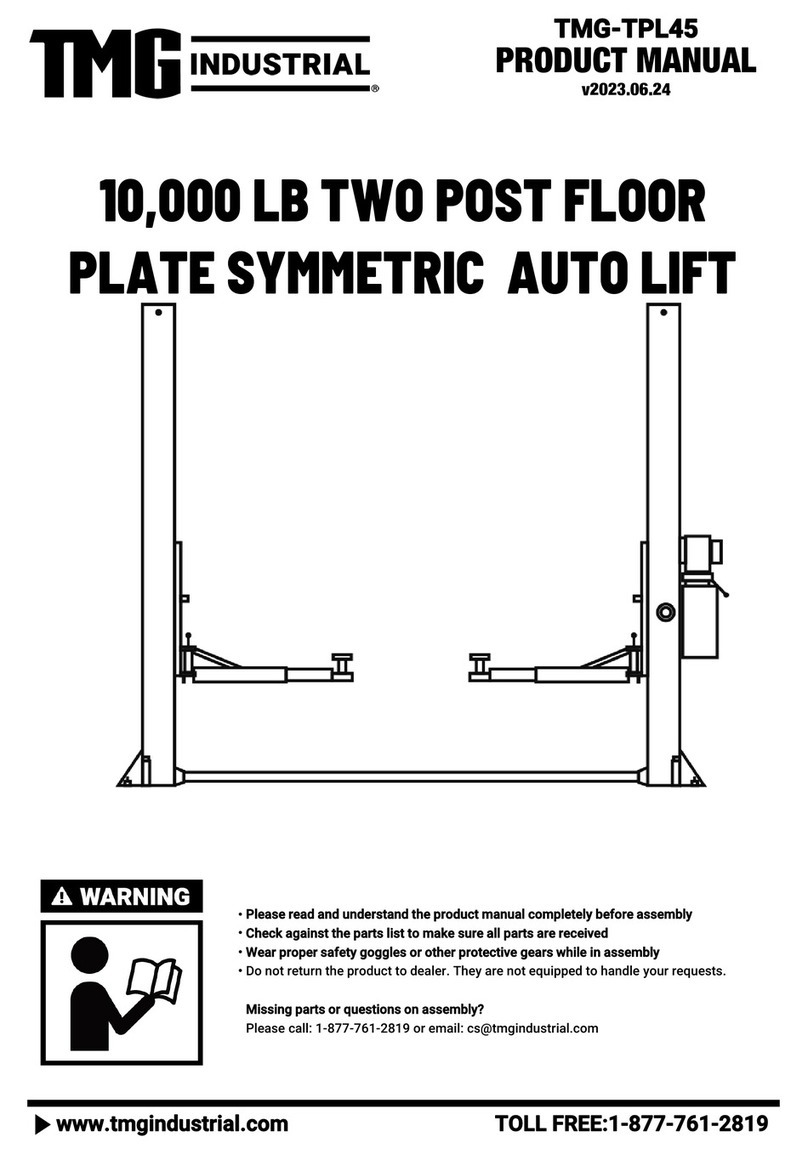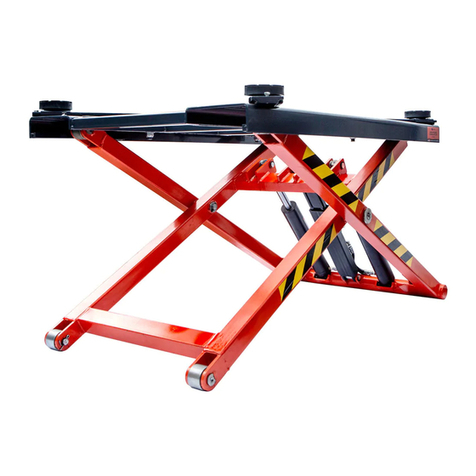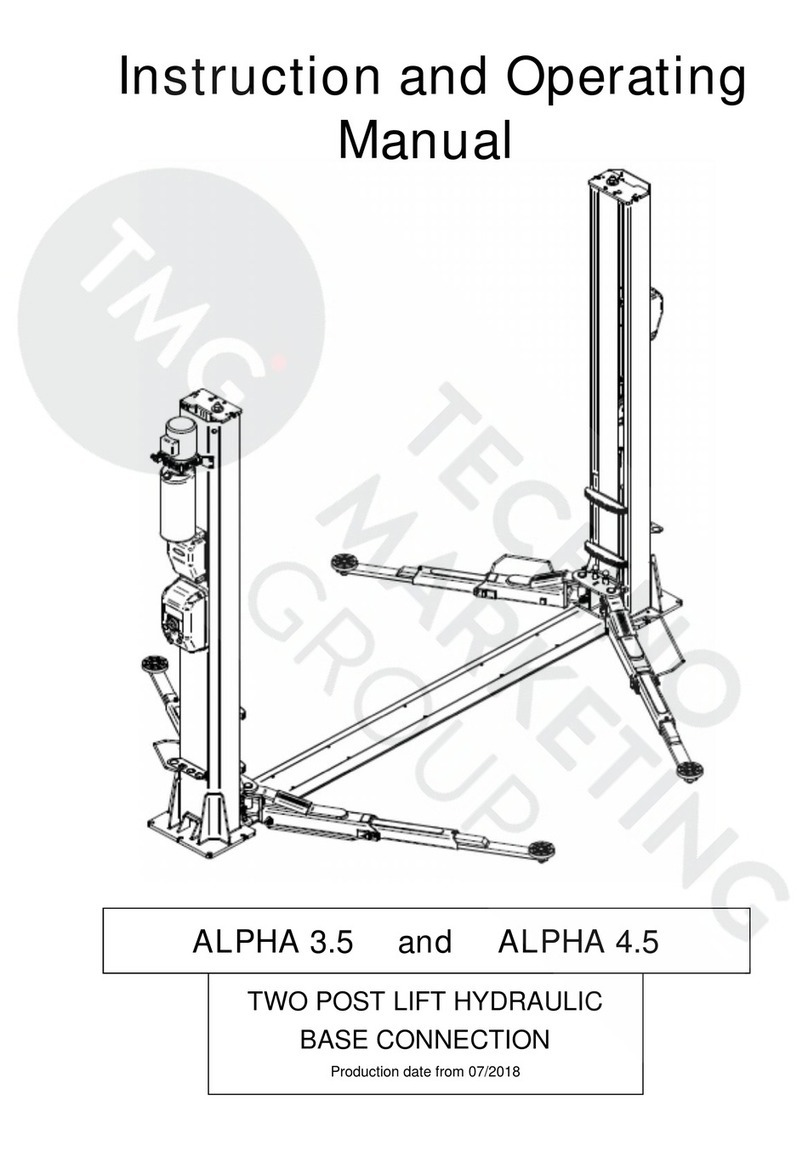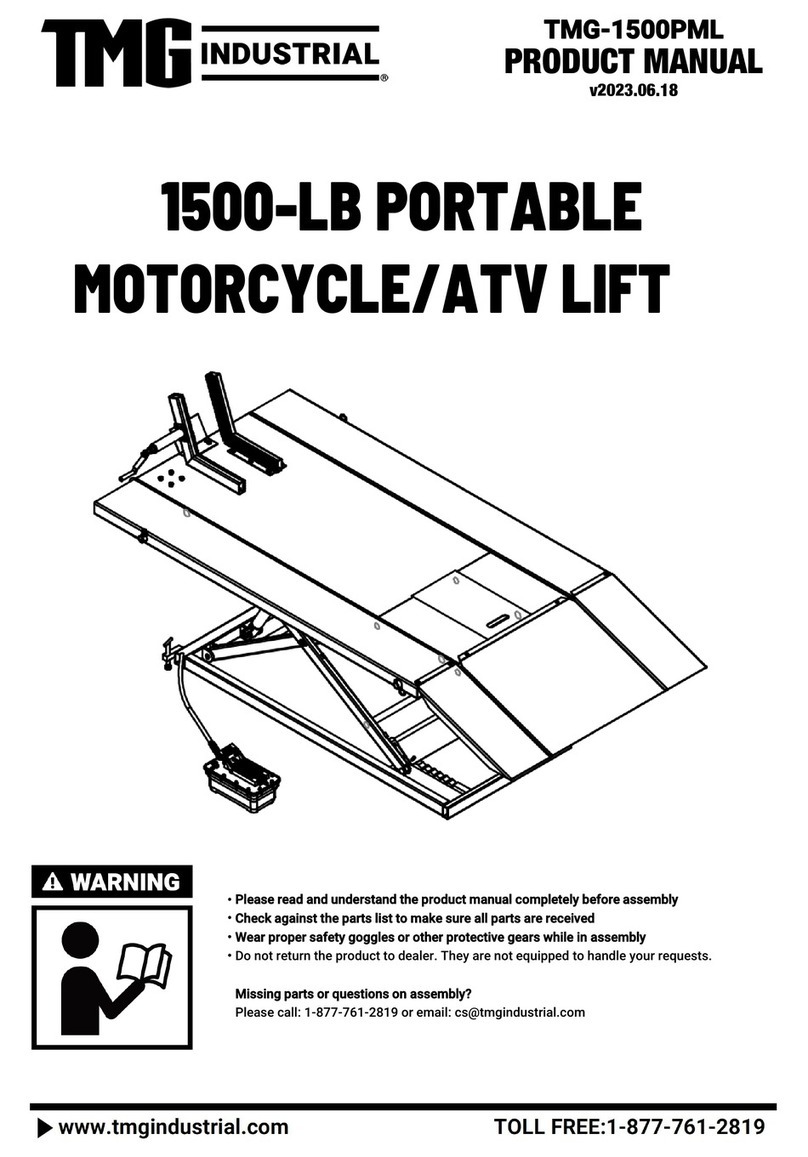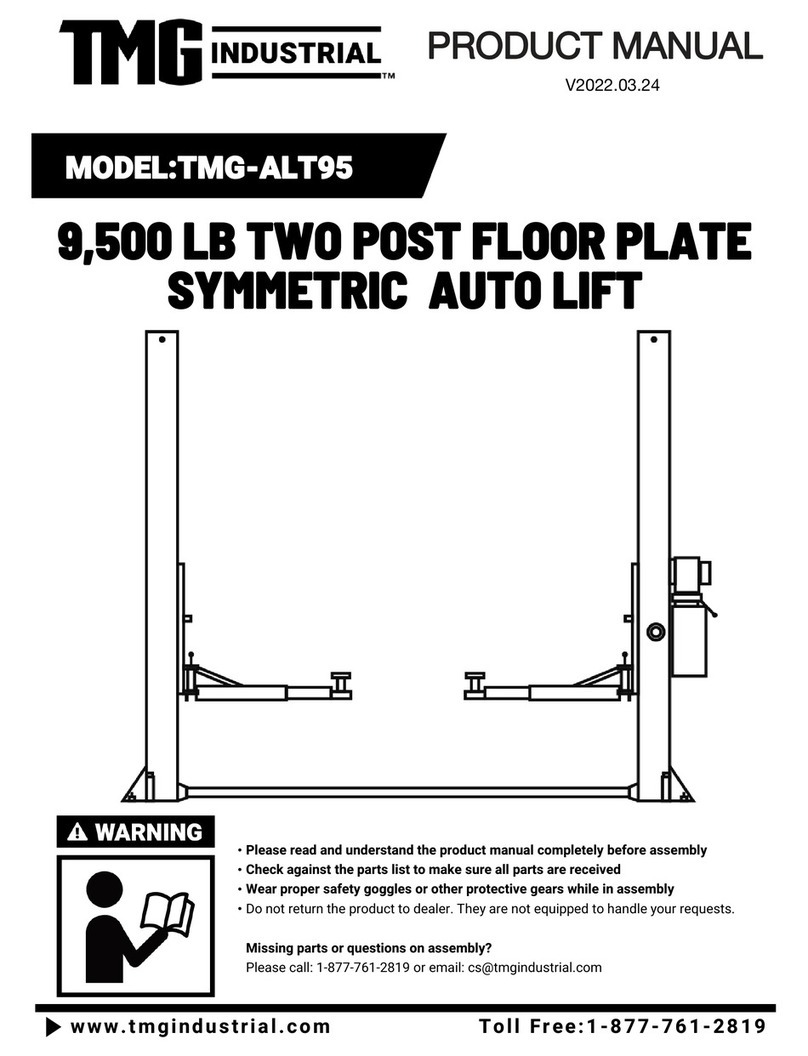
TABLE OF CONTENTS
Important Notice................................................................................................................................................... 2
Owner’s Responsibility.........................................................................................................................................2
Before You Begin...................................................................................................................................................2
Installer Operator/ Protective Equipment......................................................................................................... 4
Introduction/ Safety Warning Instructions......................................................................................................... 5
Tools Required.......................................................................................................................................................6
Step 1 / Selecting Site.........................................................................................................................................6
Step 2 / Floor Requirements / Concrete Specifications.................................................................................... 6
Assembly View / Description of Parts................................................................................................................7
Floor Plan / Specifications.................................................................................................................................. 8
Clearances............................................................................................................................................................. 9
Power Unit Location........................................................................................................................................... 10
Step 3 / Column and Crosstube Installation....................................................................................................11
Step 4 / Raising the Crosstubes.......................................................................................................................11
Step 5 / PowersideRunway Installation.......................................................................................................... 12
Step 6 / OffsideRunway Installation................................................................................................................ 13
Step 7 / Safety Lock Release Installation.......................................................................................................13
Cable Routing..................................................................................................................................................... 14
Step 8 /Cable Sheave Installation....................................................................................................................15
Step 9 / Cable Installation................................................................................................................................. 15
Step 10 / Power Unit Installation......................................................................................................................16
Step 11 / Routing Hydraulic Hoses.................................................................................................................. 17
Step 12 / Power Unit Hook Up..........................................................................................................................19
Step 13 / Lift Start Up/Final Adjustments...................................................................................................... 19
Step 14 / Anchoring The Columns....................................................................................................................20
Step 15 / Attaching Approach Ramps/Tire stops.......................................................................................... 21
Step 16 / Leveling/Synchronizing....................................................................................................................21
Step 17 / Bleeding.............................................................................................................................................. 22
Step18 / Lift Operation Safety......................................................................................................................... 22
Maintenance........................................................................................................................................................ 22
Troubleshooting Guide...................................................................................................................................... 27
Parts Drawings ..................................................................................................................................................31
WW W . T MG I N D US T R IA L . C OM P 03 / 33 To l l F r ee : 1 - 87 7 - 76 1 - 28 1 9












